Yarn Appearance Board Winder TY380
A yarn Appearance Board Winder, or yarn evenness tester, yarn appearance tester is used to test the yarn’s physical performances, such as the evenness, hairiness, neps, and so on. It is the use of a clamp on the instrument of the blackboard, shaken cotton, and chemical fiber yarn, with the uniformity of the blackboard to test the cotton impurities, dryness, and evenness, it is one of the main instruments to monitor the quality of yarn products.
Description
Application of Yarn Appearance Board Winder TY380
Yarn Appearance Board Winder measures the yarn’s physical properties, such as hairiness, neps, and other possible imperfections, to determine evenness and appearance. This machine complies with ASTM D2255 and can evaluate the appearance of most yarns, such as combed cotton yarns.
Finally, we can figure out whether the sample is qualified by comparing its appearance quality with that of the standard sample. The application scope of the test method also includes rotor spinning. However, it can not be used to test the appearance quality of woolen yarn.
Note: don’t include assessment against photographic comparison standards.
Features of Yarn Appearance Board Winder TY380
Aluminum alloy casting housing, black plate rotation with the speed control system, there are 7 speed adjustable, adapt to a wide range of yarns, overcome the drawbacks due to too fast speed for stranded yarns, low twist yarns, small force value yarns, etc. can not be tested,
and there are six shaking yarn densities, 7, 9, 11, 13, 15, and 19 wraps/cm, formed by the six-speed pulley replacement belt on the control box.
Specification
- Blackboard: 250mm × 180mm × 2mm
- Yarn winding density: 7, 9, 11, 13, 15, 19wraps/cm
- Rotation speed: 7 gears (adjustable)
Standard Accessories
Blackboard, Belt
Optional Accessories
Blackboard
Weight
| 30 kg |
Power
| 220/110 V | 50/60 Hz |
Dimensions
| Length: | 620 mm | Width: | 490 mm | Height: | 360 mm |
Standards
| ASTMD 2255 | GB 9996 |
Principle of Yarn Appearance Board Winder
The Yarn Appearance Board Winder consists of two major parts: the winding of the chalkboard and the horizontal movement of the yarn on the chalkboard.
The winding of the blackboard is mainly done by the left and right blackboard clamps.
The lateral movement of the yarn on the blackboard is done by the axial displacement of the bridge-shaped half-nut on the screw. The winding density of the instrument has a variety of options, in order to make the instrument winding speed run smoothly, the choice of two smooth running, speeds should be a good DC servo motor to drive the blackboard winding and yarn transverse movement respectively.
To select the speed of winding density, the instrument uses a simple transformer tap to achieve different output voltages, through rectification to meet the armature voltage required by the DC motor, so as to achieve the purpose of changing the DC motor speed to meet the speed requirements of various winding densities.
To meet the above requirements, the apparatus through the control apparatus that when the apparatus is started, the armature windings of the two motors are powered at the same time, the winding of the blackboard and the yarn transverse motion to form a composite movement, so that the yarn is uniformly arranged on the blackboard and the selected density. When the blackboard is full of yarn winding, the magnetic separation piece fixed on the inserting frame is inserted between the magnet and the reed switch, which makes the reed switch move and de-energizes the relay, so that the two motors are de-energized at the same time and the instrument stops working automatically. Then the appearance grade of the yarn is judged on the blackboard.
How to Use TESTEX Yarn Appearance Board Winder?
You can see there are 5 tapered aluminum black yarn boards 220 x 180 mm on their surface. It can also provide a variable pitch traverse of 7-19 wraps per centimeter. In addition, its adjustable winding speed drive is available.
Before the testing, you should pick the representative samples from yarns by random sampling instead of sampling from the fixed machine or spindle. As we can see, the effect of the yarn appearance is directly reflected on the fabric surface. If the yarn’s appearance is of poor quality, the fabric quality will also be at a low level. Therefore, it is of great significance for you to buy a Yarn Appearance Board Winder which can assist you to determine the quality of the yarn appearance. When you purchase it, you can make your choice based on its structure, function, and mostly its accuracy to check the quality of the yarn’s appearance.
Welcome to TESTEX – a professional textile testing instrument supplier – Yarn Appearance Board Winder TY380 is on sale, contact us to get a detailed price quote.
4 reviews for Yarn Appearance Board Winder TY380
You must be logged in to post a review.
Nominal Definition
- Yarn Appearance: Observe the yarn samples wound on the blackboard following the prescribed requirements by a visual method for obtaining a visual effect.
- Slub: The projected width (hereafter named diameter) of the yarn segment is thicker than the normal yarn diameter, the slub degree of which can be recognized by the inspector.
- Thin Place: The segment diameter of yarn is smaller than the normal one, the fineness degree of which can be identified by the inspector.
- Shadow: Many yarns with thin diameters are arranged together to form dark lumps on the surface.
- Severe Defects: The diameter of the slub is 1-2 times thicker than the original yarn and the length of the club is 5cm or more. The diameter of the thin place is 0.5 times smaller than the original yarn, and the length of the thin place is more than 10cm. The defect with the diameter is 2 times over the original yarn, and the length of the defect is longer than 1.5cm.
- Systematic Unevenness: The thickness of yarn unevenness can be found distributed regularly on the plate surface which accounts for half or more of the whole area and even its shadow depth is typically less than the maximum shadow depth of the standard sample.
- Nep: An unbroken particle is formed by the winding of one or several fibers.
Test Principle
Under the specified condition, yarn is wound on the specially-manufactured blackboard and rated by observing corresponding photographic standard samples and comparing them with the test sample.
Test Instrument and Equipment
1 The surrounding of the test room should be non-reflective black. Besides, the inside space of the test room should maintain smooth airflow at an appropriate temperature.
2 The rating platform should be composed of the part where the sample photo restores, the framework for showing the standard sample photo, and the sample photo and bracket with the light source.
3 The blackboard should be made of a plastic board with evenly distributed blackness and a smooth surface. Moreover, two ends of the blackboard should be put up with the lint strip for the protection of the blackboard and the convenience of operation.
4 The yarn examining machine should not be equipped with other components affecting the impurity of the cotton knot, apart from the floating guide hook and the tension device used to ensure the yarns can be rolled in an even way.
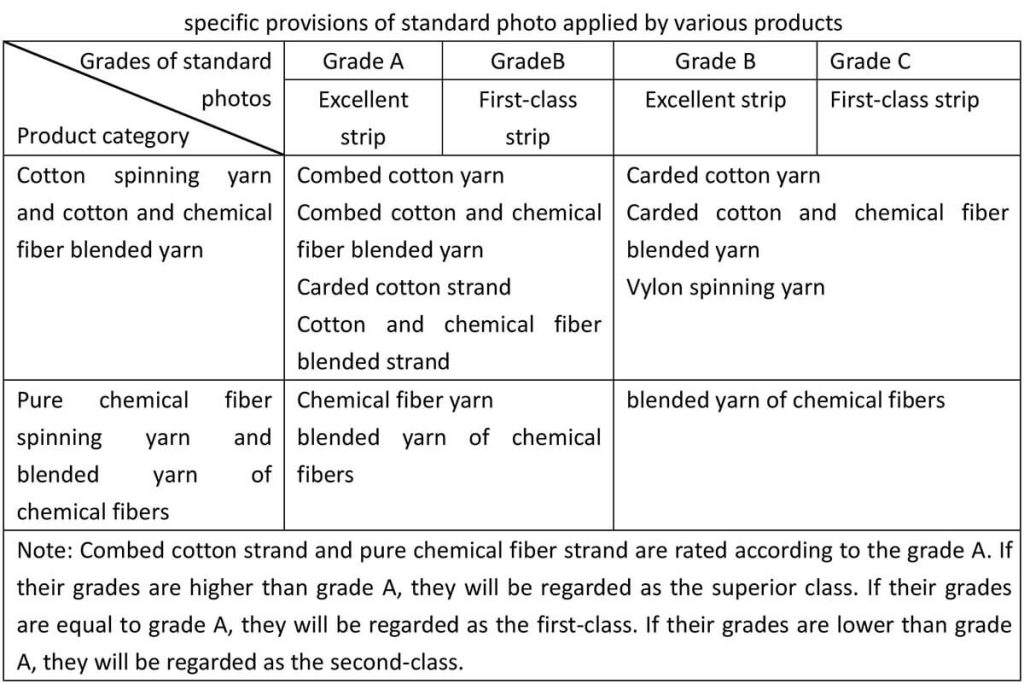
Test Procedure
1 Place the tester on the stable worktable. Connect the power supply and turn it on. Insert the blackboard into the blackboard clip.
2 Press the handle to put up a nut from the screw and left move to the fixed position.
3 Hitch the cop to the cop core at first. Then fetch the thrum from yarn hook-oriented. Next go through between weight base and press yarn flake. Finally, pass the guide bar and again traverse yarn hook-oriented. Meanwhile, wrap the thrum in the blackboard gap on the left.
4 Choose the load weight according to the request and mount it on the gasket of the weight tension regulator. Then put the strap on chosen gear-shifting of density.
5 Press the start-up button. Then the blackboard starts turning around and the yarn is wrapped on it from left to right until the guide bar starts to contact with the limit switch to stop. Then cut the yarn and take out the blackboard.
Grade Evaluation
According to the testing results, the yarns can be regarded as high-class, first-class, second-class, and third-class, respectively. In the evaluating process, the degree of yarn evenness and nep and impurity on the blackboard is compared with that of the standard sample, which is the main reference for the evaluation of the grade.
1 If the shadow and slub of the yarn on the blackboard can not counteract each other, the yarn will be classified into the lowest level.
2 The nep and impurity of the yarn can not counteract its evenness, the yarn will be classified into the lowest grade.
3 There are five situations in which the yarn needs to be downgraded.
- the slub is thicker than that of the sample.
- the slub number is more than that of the sample. However, there is no need to lower the grade when it is thinner and shorter than that of the sample.
- the shadow depth is generally deeper than that of the sample.
- the slub is thicker than that of the sample even though the slub number is less than that of the sample.
- the shadow is as deep as the sample, but the total area is larger than that of the sample.
4 The yarn with serious defects and general regular unevenness will be rated as second grade while the yarn with serious regular unevenness will be rated as third grade.
Test Report
The following content should be included:
a) the way of rolling the yarn
b) adopt this standard method
c) the name, type, and code number of yarn specimens
d) the total grade of all yarns. The reason for the downgrade should be marked out on the report.
A: Not, it is very intuitive to use.

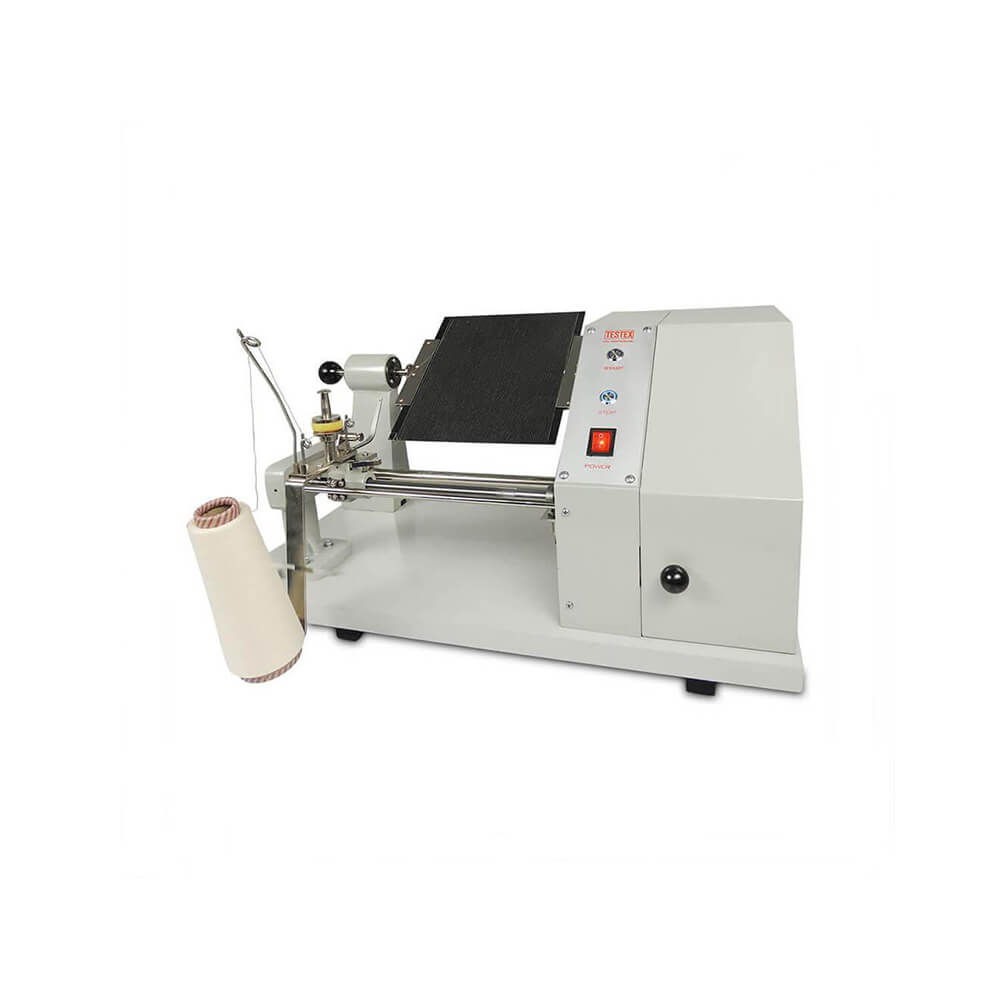
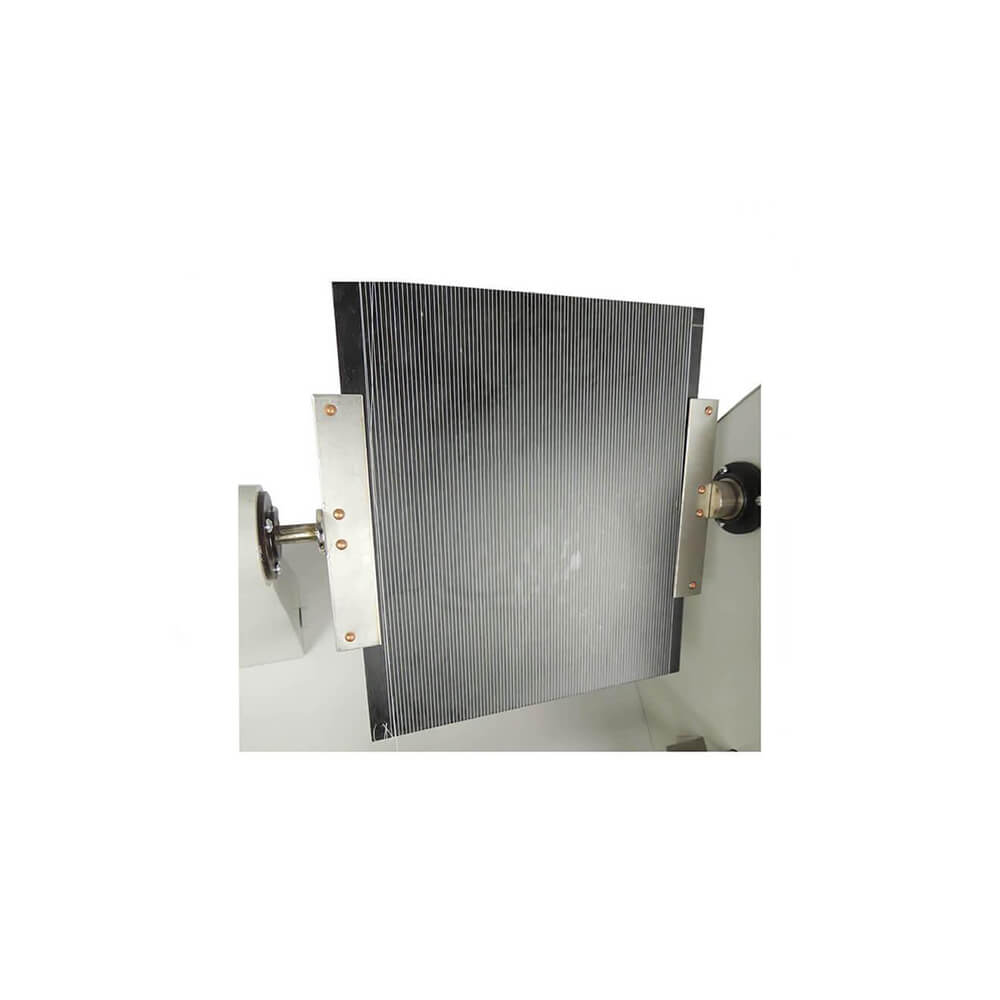
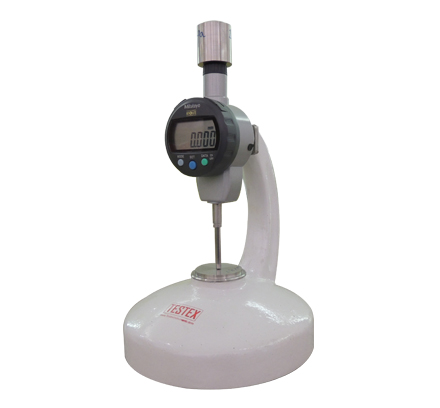
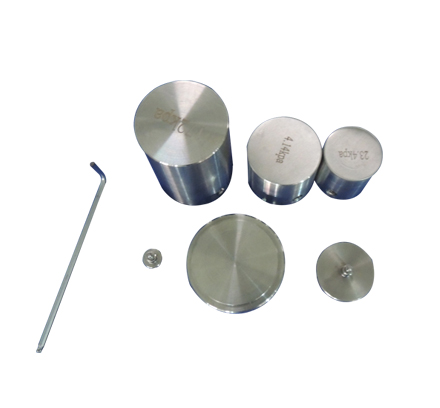
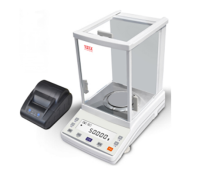
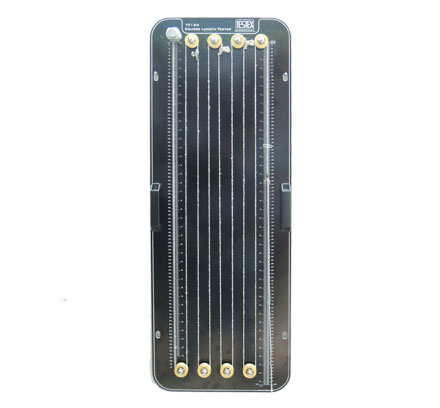
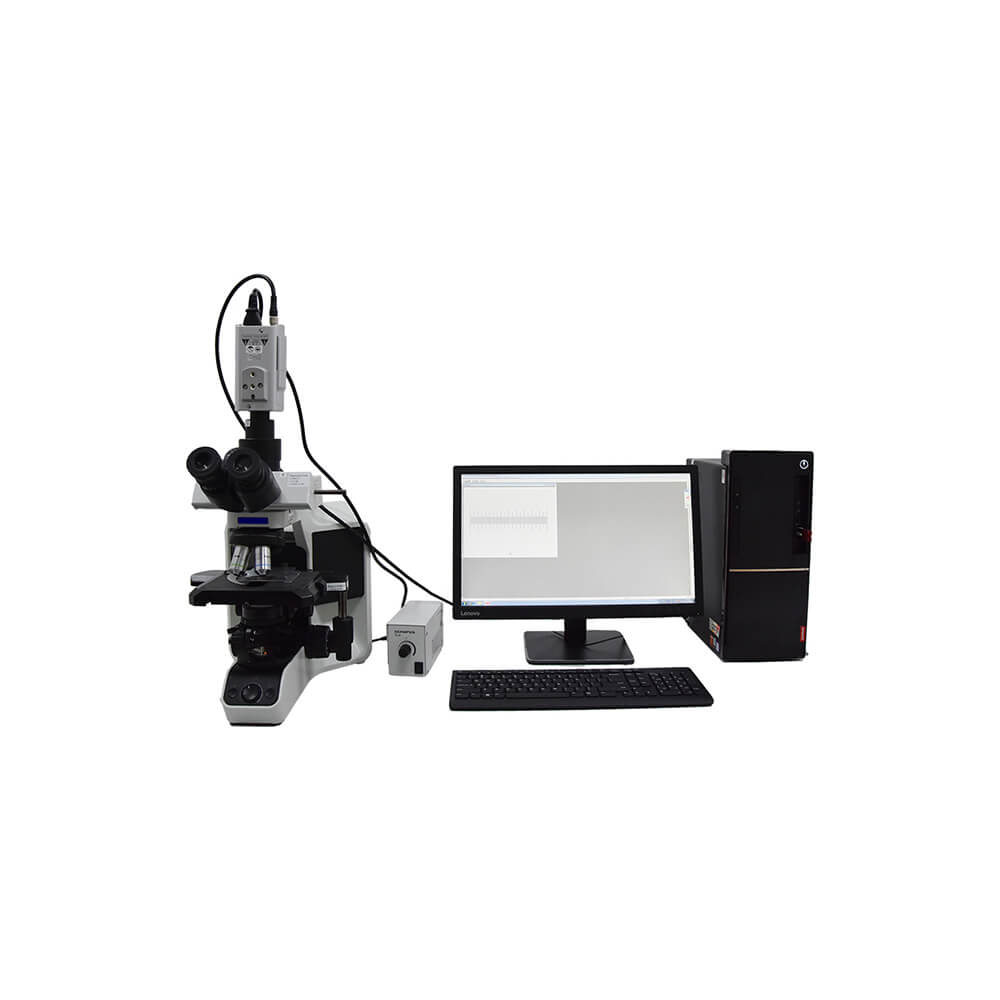
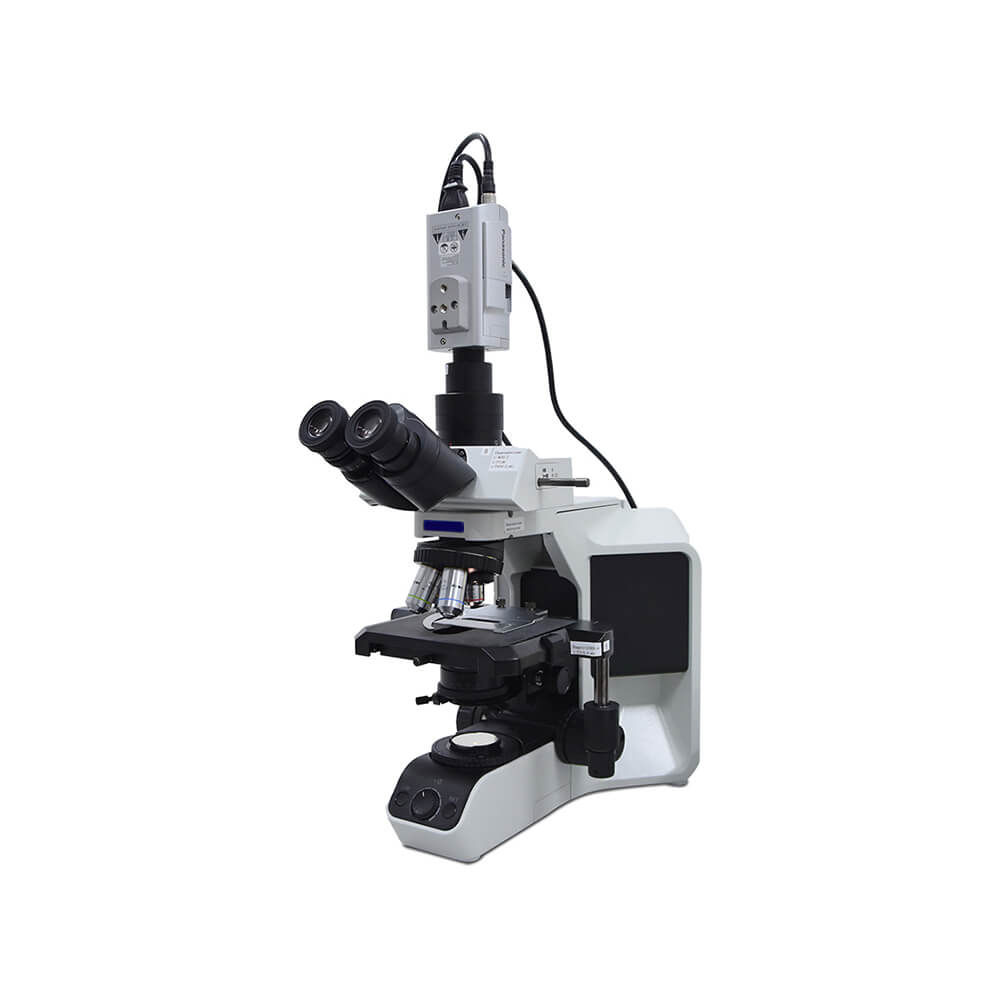
testextextile –
easy to operate, good!
testextextile –
hoping you can find useful information about Yarn Appearance Board Winder.
testextextile –
welcome to your visit.
Steward Peter –
Works perfectly. Very pleased.